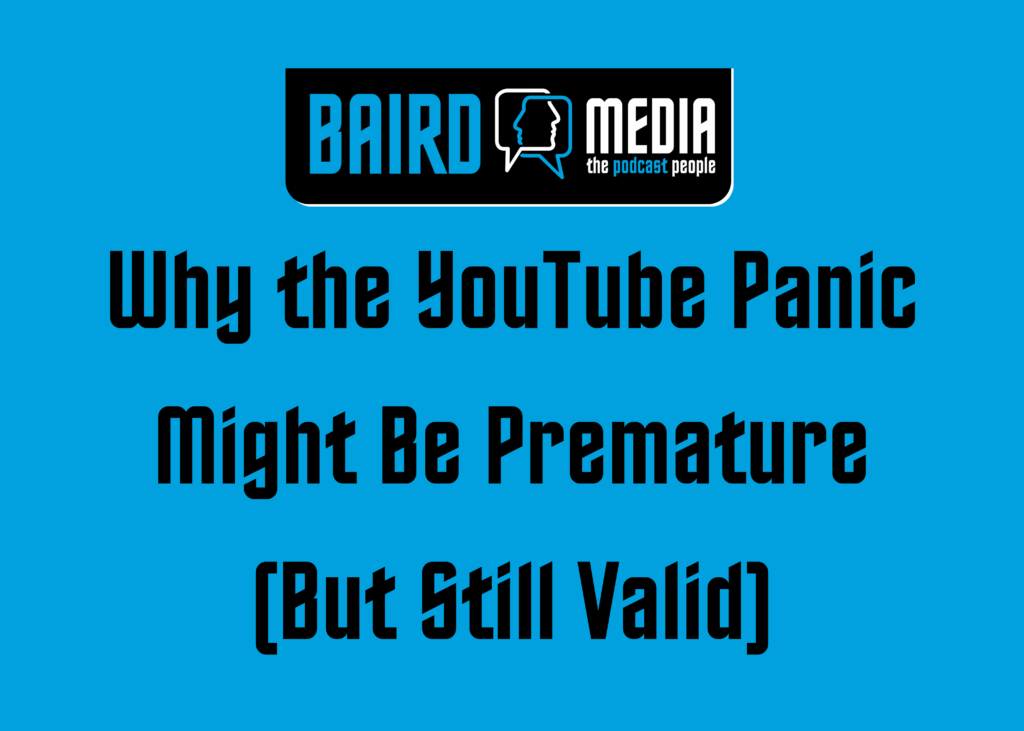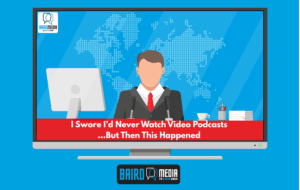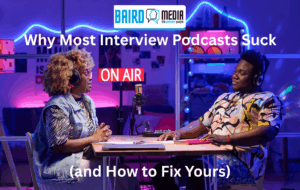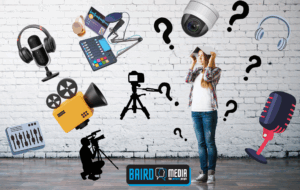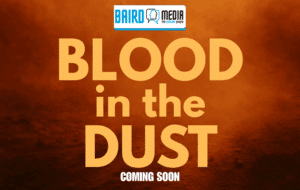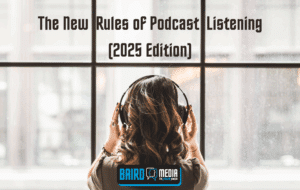
The New Rules of Podcast Listening (2025 Edition)
Podcast listening has changed dramatically since the commute-driven days of the 2010s. In 2025, it’s a screen-friendly, all-day, at-home habit—shaped by remote work, video, and a broader, more engaged audience.

